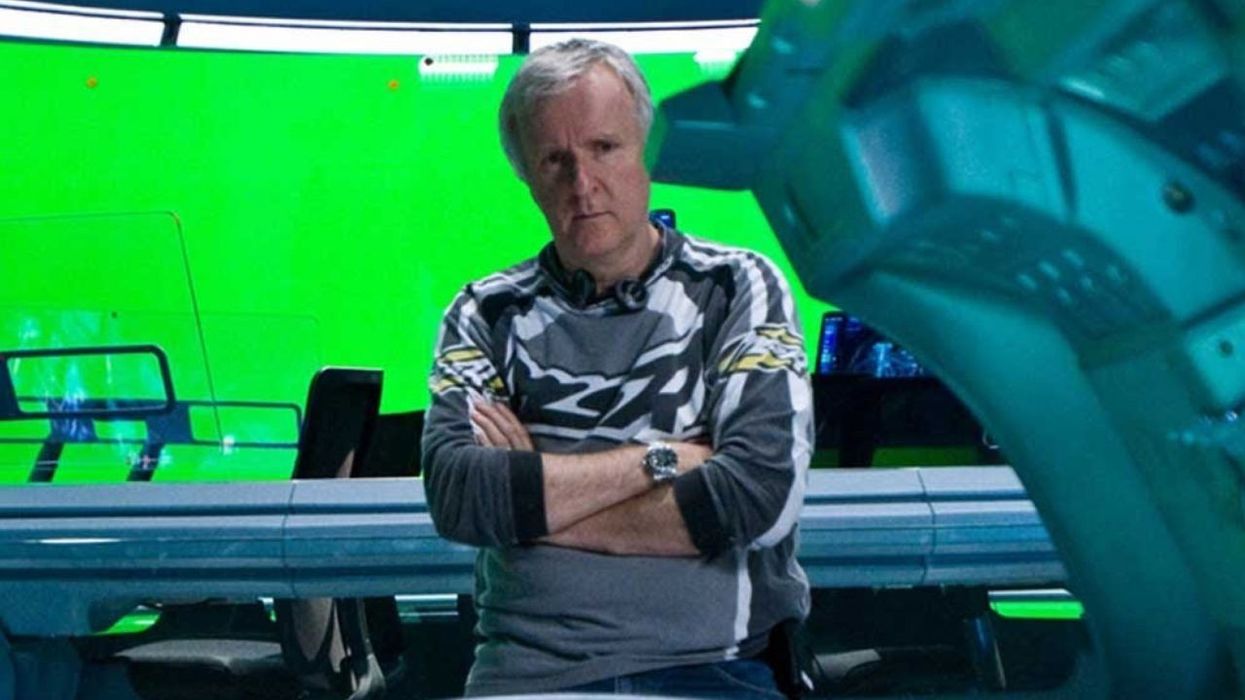James Cameron Is Not a Fan of Ang Lee's High Frame Rate
High Frame Rate brings the clearest and most realistic picture to the cinema. But is it the future of the industry or a gimmick that won't last? Two greats disagree.

There's a saying that goes "The world comes at you fast..." and, over the last few years, it applies to filmmaking. The rise in digital has made creating content easier and easier, but in the beginning, cinema purists pushed back on it.
The same goes for large format cameras, which seem to be all the rage now with cinematographers everywhere thanks to them cheapening in price.
Now, high frame rate is at a similar crossroads. And traditional frame rate has found a staunch defender in James Cameron.
The High Frame Rate Debate: Cameron vs. Lee
James Cameron always finds himself working at the center of the technological revolution. His new Avatar films will be shot on cameras he helped invent, and edited with the technology he pioneered.
But Cameron told IndieWire Wednesday that they definitely will NOT be shot (entirely) in high frame rate.
“I have a personal philosophy around high frame rate, which is that it is a specific solution to specific problems having to do with 3D... And when you get the strobing and the jutter of certain shots that pan or certain lateral movement across frame, it’s distracting in 3D. And to me, [high frame rate is] just a solution for those shots. I don’t think it’s a format. That’s just me personally. I know Ang sees it that way. I don’t think it’s like the next 70 millimeters or the next big thing. I think it’s a tool to be used to solve problems in 3D projection.”
This is all very technical, but suffice it to say. Avatar2 and the other three sequels won't be shot completely in HFR.
So what's the big deal with high frame rate?
Well, another visionary director loves it.
Ang Lee, whose last two films -- Billy Lynn's Halftime Walk and Gemini Man -- have been shot in HFR, thinks 120fps is the way of the future. It's why he keeps using it and why he thinks it'll be a bigger part of the future of filmmaking.
Lee told IndieWire:
“They are trying to make digital look like film... It’s a different media with a different perception, different requirements. Digital doesn’t want to be film, it wants to be something else. I think we need to get past that and discover what it is.”
So what does digital want to be moving forward?
Probably a mix of both.
Cameron admits that he did use high frame rate for select scenes in the Avatar sequels to smooth the 3D out. While this may feel like a cop-out, it's interesting to think about HFR as a bandaid you can apply when necessary.
While many critics bumped on high frame rate in Billy Lynn, they said it was because the static shots and establishing shots all looked fake. But critics did seem to enjoy its employment in action scenes, especially in Gemini Man, because it made those scenes feel visceral.
So where does that leave us?
As a fan of both these directors, I am happy to see them both hopefully meet in the middle. Use HFR to accentuate what needs help, and then allow traditional shots to be done in the normal frame rate so audiences don't leave the story or bump on ideas.
Part of the main issue is that I don't think we've seen HFR used in an undeniably good film.
I liked Gemini Man and enjoyed parts of Billy Lynn, but each movie had to overcome story issues as well as new technology. The Hobbit used 48fps and alienated a lot of its audience members, but Peter Jackson attributed that to two different generations. One used to seeing things in HFR and one not.
Maybe, as the youngest of us grow up with HFR, they'll find it less jarring.
I think we need something completely different. What I'm looking for is this generation's Zodiac.
That Fincher film was perfect for many reasons, but it also was Fincher making a dramatic statement that digital could be just as moving and picturesque as film. Until we have a similar film in HFR, we may never know if an audience can stay put long enough to appreciate the story and tech working in tandem.
What do you think? Is HFR the future? Let us know in the comments.














